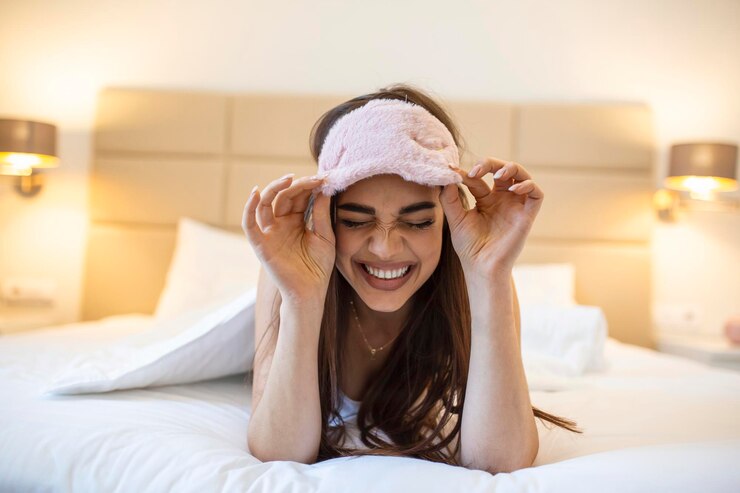This daily rude awakening has served as a welcome reminder that it’s officially time to spring clean my sleep routine. We spend approximately one third of our life either sleeping or attempting to sleep, yet the bedroom is often the place we tumble into, exhausted, with little thought for how the space and set-up might impact the quality of our sleep. The changing seasons, and an increase in both light and heat – although we’re yet to see much of that so far this year – are a welcome nudge for us to review and refine our sleeping set-up in the hope of improving the quality of our shut-eye Darken your room One way to avoid this is to check that your curtains are thick enough to block out early morning and late evening sunshine, which might otherwise disturb your sleep. You could upgrade your curtains to thicker ones, add a thermal liner to the existing curtains, use blackout blinds or even an eye mask to help shield your eyes from the early morning and late evening sunshine leave your curtains ajar if you struggle to wake-up Natural daylight is a good way of helping your body understand that daytime is daytime and night-time is for sleep, as daylight is a key way of regulating our circadian rhythms (our internal body clocks) as light inhibits the production of melatonin, the hormone that helps us to feel sleepy. If you are a night owl and struggle to wake in the mornings, leaving your curtains ajar and allowing the natural daylight to enter your room is a really good way of waking naturally to daylight Opt for natural fibers As being too hot during the night can make it harder to fall asleep and stay asleep, it’s important to look at things which may make this even worse. Natural fiber bedding (sheets and pillowcases) and bed clothes (pajamas and nighties) can help with the warmer nights because they allow air to flow across our bodies, helping to keep us cool during the night Stretch and flex Our body needs to feel safe in order to go to sleep and a progressive muscle relaxing exercise is a fantastic way to help this process. It works by systematically squeezing and tensing muscles in your body for a few seconds before relaxing them, starting at your feet and moving all the way up to your head. By helping your muscles relax, this sends a signal to your brain so that you can start to believe you are safe to fall asleep
Thank you for reading this post, don't forget to subscribe!Struggling To Sleep Since The Clocks Changed Ten Easy Tips To Fix It



